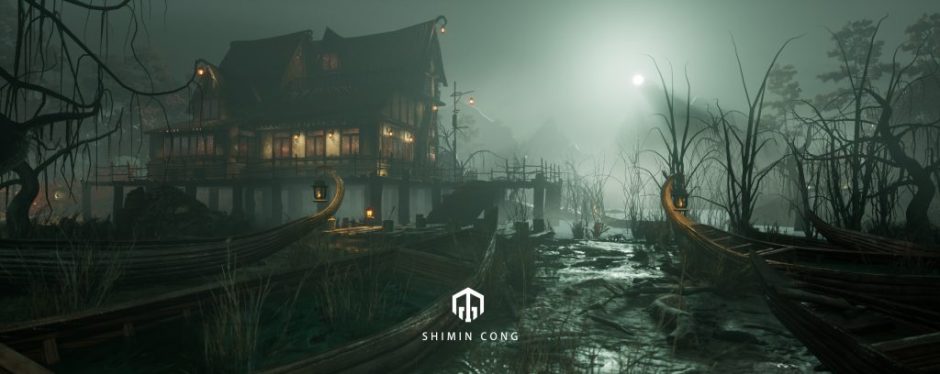The content of the Conclusion paragraph should include the following points:
- Reiterate the research question. Then, state how your findings (if any) answer this question.
- Link the findings to the topics or questions you raised in the introduction.
- If there are unexpected discoveries, you can also explain according to your own methods, which sometimes leads to a reconstructed hypothesis, or even rewrite the introduction.
- Explain in detail the main conclusions of the article, which may include the theoretical and practical significance of personal research. This is essentially evaluating your findings.
- Finally, we can discuss how these effects affect future research and conduct research for future researchers. You might even want to outline the steps they will take.
Conclusion
In short, lighting design is an important subject for game development. For games, lighting plays a key role in creating the atmosphere of the scene, the sense of story, the embodiment of different textures and the sense of immersion. In the industrial pipeline, lighting artists often achieve visual effects through the lighting system in the engine, Reflection Probe, fog and some environmental effects. For immersive games, designers often want the game to affect the player’s emotions, which in turn produces a good experience. Or even become a long-lasting game player group. But the realm of human emotions is vast and multi-layered, and cannot be touched by narrative alone. The role of emotions in computer games goes far beyond these limited approaches; emotions are the primary source of human motivation and behavior (De Byl, 2015). Therefore lighting, as the last major aspect of game art, is crucial to the player’s emotions. And it needs to be closely fitted with all other departments.
Constraints
There are three constraints that affect the game lighting effect the most. Firstly, the creator’s artistic aesthetics and color sensitivity are the most important factors affecting the game art effect. The second is the lighting artist’s mastery of the theory and techniques of lighting, reason color theory, light source direction for the evening emotion, etc. The first two factors can be supplemented with the accumulation of work experience. Game lighting compared to photographers and film lighting, but also should be more consideration of the game’s own properties. In addition, the third factor affecting the game lighting is the hardware as well as the software itself. Lighting for large games has always been a challenge for game developers, mainly in developing faster and more efficient lighting calculations (Martin, 2018). Often, game technical art provides game lighting artists with appropriate fog plug-ins, as well as modifying lighting properties in the engine to optimize the rendering approach. The support of these technologies will allow the lighting artist to escape from the performance as well as functional limitations of the game and thus create more possibilities.
5.2. Reflection and future work
Video and computer games are the most complex forms of interactive media (Seif El-Nasr, Niedenthal, Kenz, Almeida & Zupko, 2006). Indeed, in the process of game production, the producer has to satisfy not only the aesthetics of the game but also the desires of the player. In the little Devil project, there are many flaws here for the immersion of the game. In terms of lighting include the following points. First of all, the project has many lights that can be optimized. These lights have a small impact on the scene effect, and the radius of the lights is too large. This results in a waste of performance. In addition, there is a lot of controversy in the lighting techniques and colors of the project, mainly due to the uncertainty of the project atmosphere. In addition, because the project is produced by the Unreal default system. Therefore, in the development stage was subject to technical limitations, such as the lack of fog plug-ins. In addition to the flaws in the lighting. As a game, Little Devil should focus more on the game play, after all, the immersion of the game is affected by the game play, the game scene effect, the game music and the game UI of many factors together. Although there are many shortcomings here, it is not a bad thing to find flaws. It is the planned improvement that is more important to focus on. Therefore, as a newcomer to the industry, to become a qualified lighting artist to participate in the immersive game, the first should understand more about color theory, as well as lighting techniques and try more good works, which can enhance the aesthetic ability of the producer skills. In short, nowadays, as the game market continues to expand, as well as the upgrading of hardware and software for game development, game lighting will gradually get rid of the pressure brought by the technology. Therefore, it is crucial for lighting artists to improve their artistic aesthetic ability and understand the nature of the game.
